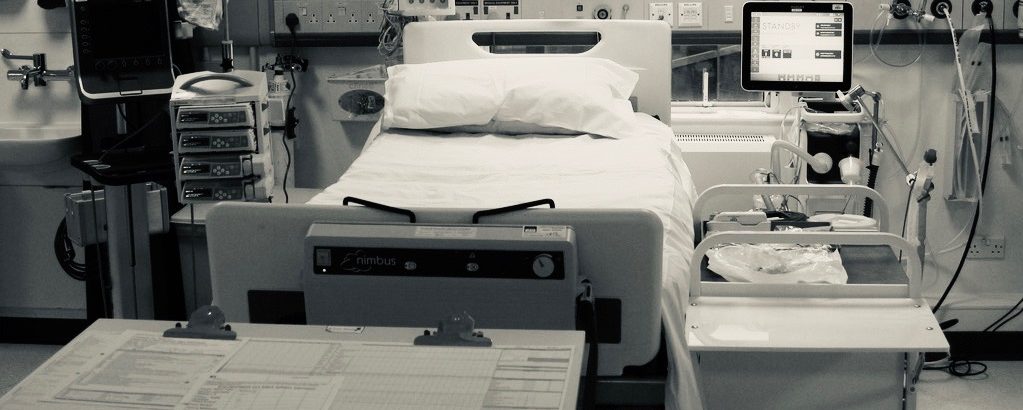Non-invasive breathing therapies are used to assist the breathing of awake patients via a tight fitting mask or hood device. There are a multitude of names and abbreviations for these therapies but broadly there are two types of non-invasive support: CPAP and NIV.
CPAP (continuous positive airway pressure) provides a continuous background pressure whilst the patient takes their own breaths in and out. It can help improve a patient’s blood oxygen levels, make their work of breathing easier and maintain good lung expansion.

NIV (non-invasive ventilation) provides the same background pressure as CPAP, but also supports each breath with additional pressure every time the patient starts to take a breath in. This mode is useful when patients are struggling to get rid of the waste gas carbon dioxide and is commonly required in patients with chronic lung disease or muscle weakness.

Different hospitals and units will have different pieces of equipment and probably slightly different names for these non-invasive breathing therapies, but in every case the amount of support provided and the dose of oxygen required can be varied depending on the patient’s individual needs.
Side effects include feeling claustrophobic, pressure on the nose and face from tight fitting masks and becoming tired.
Some patients may progress to needing invasive ventilation.

Comments are closed